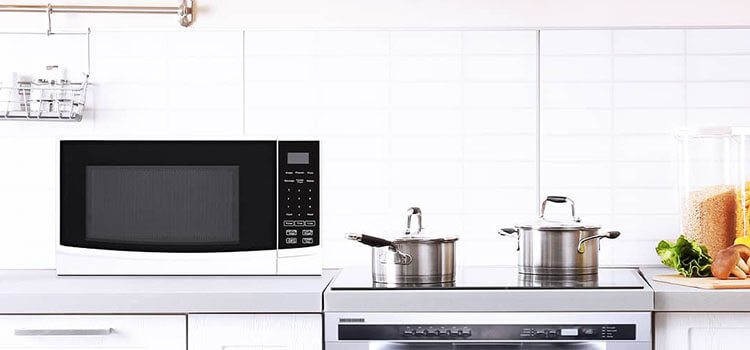In the realm of climate control technology, heat pumps stand as ingenious devices, capable of both heating and cooling spaces with remarkable efficiency. Their ability to manipulate heat, the very essence of temperature, is a testament to human ingenuity and technological advancement.
At the heart of a heat pump’s operation lies a refrigerant, a special substance that readily absorbs and releases heat. This refrigerant embarks on a cyclical journey, traversing through various components, each playing a crucial role in the heat transfer process.
The journey begins with the outdoor coil, where the refrigerant, in its liquid state, encounters the ambient air. Despite the cool external temperature, the refrigerant’s inherent affinity for heat compels it to absorb the thermal energy present in the surrounding air.
Next, the refrigerant undergoes a transformation, transitioning from a liquid to a vapor. This metamorphosis is achieved through a compressor, which pressurizes the refrigerant, causing its molecules to vibrate with increased energy. The increased molecular agitation results in a rise in temperature, effectively converting the refrigerant into a vapor.

The heated refrigerant vapor then embarks on a journey towards the indoor coil. As it traverses through the coil’s intricate network of tubes, the refrigerant’s heat encounters the cooler indoor air. The temperature difference between the two mediums triggers a natural heat transfer process, with the refrigerant’s thermal energy dissipating into the surrounding air, effectively warming the indoor space.
Heat pumps are remarkably energy efficient, capable of transferring three to four times more heat energy than they consume in electrical energy. This exceptional efficiency stems from their ability to harness ambient thermal energy, rather than generating heat directly. Unlike traditional heating systems that rely on combustion or resistance heating, heat pumps operate as heat exchangers, utilizing a refrigerant to absorb heat from the surrounding environment and transfer it indoors.
If you’re looking for a cost-effective and environmentally friendly way to heat your home this winter, consider installing a heat pump. Heat pumps are a type of HVAC system that transfers heat from the outside air or ground into your home, making them an efficient and sustainable alternative to traditional heating systems.

To choose the right heat pump for your home, you need to consider a number of factors, including:
1. The size of your home.Selecting the appropriate heat pump size is crucial for ensuring optimal performance and energy efficiency. A heat pump that is too small will struggle to maintain a comfortable temperature in your home, leading to excessive energy consumption and potentially resulting in premature wear and tear on the unit. Conversely, an oversized heat pump will cycle on and off frequently, reducing its lifespan and increasing energy costs.
2. Your budget. Heat pumps vary in price depending on their size, features, and energy efficiency ratings. It is important to establish a realistic budget before beginning your search to narrow down your options and avoid overspending.
3. Energy efficiency rating. The Seasonal Energy Efficiency Ratio (SEER) measures the energy efficiency of heat pumps. A higher SEER rating indicates a more efficient heat pump, translating into lower energy bills. Aim for a SEER rating of at least 14, but consider models with higher ratings for even greater energy savings.
4. Noise level. Heat pumps can produce some noise, particularly during the initial start-up phase. If noise is a concern, consider models with lower noise levels, often denoted as decibel ratings. Pay attention to the unit’s outdoor noise level, as this is most likely to affect your comfort.
5. Warranty. Heat pumps typically come with a warranty of 5-10 years. You should choose a heat pump with a good warranty in case there are any problems with the unit.
6. Ask for References and Read Reviews
Seek recommendations from friends, family, or neighbors who have installed heat pumps. Their firsthand experiences and insights can provide valuable guidance in your decision-making process. Additionally, consult online reviews and consumer reports to gain a broader perspective on different heat pump brands and models. Pay attention to user feedback regarding performance, efficiency, reliability, and customer service.

For those seeking a resilient and efficient heating solution, Smeta heat pumps emerge as a compelling choice, offering a range of features tailored to combat the winter chill.
At the core of Smeta heat pumps lies inverter compressor technology, ensuring unwavering heating performance even in the face of frigid temperatures. These advanced compressors seamlessly adapt to fluctuating conditions, delivering consistent warmth and comfort.
Furthermore, Smeta heat pumps boast exceptional energy efficiency, translating into substantial savings on your energy bills. Their ability to maximize heat transfer minimizes energy consumption, making them an environmentally conscious choice.
In addition to their efficiency and resilience, Smeta heat pumps operate with remarkable discretion, blending seamlessly into your living space without disrupting your tranquility. Their quiet operation ensures that your comfort is not compromised by intrusive noise.
With a diverse range of models available, Smeta heat pumps cater to a wide spectrum of heating needs. Whether you reside in a cozy apartment or a spacious home, Smeta offers the perfect solution to warm your abode effectively.


